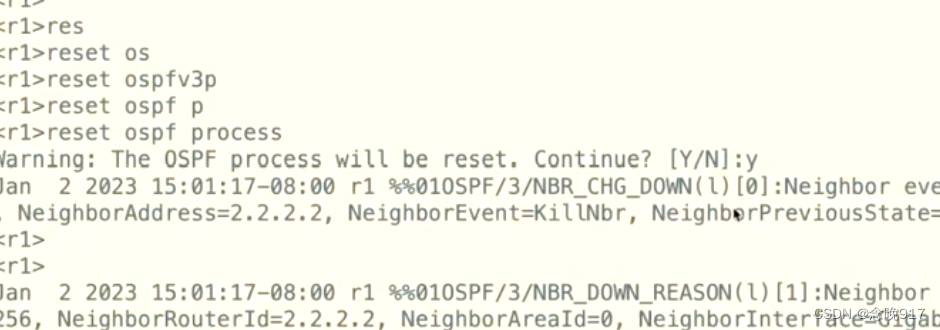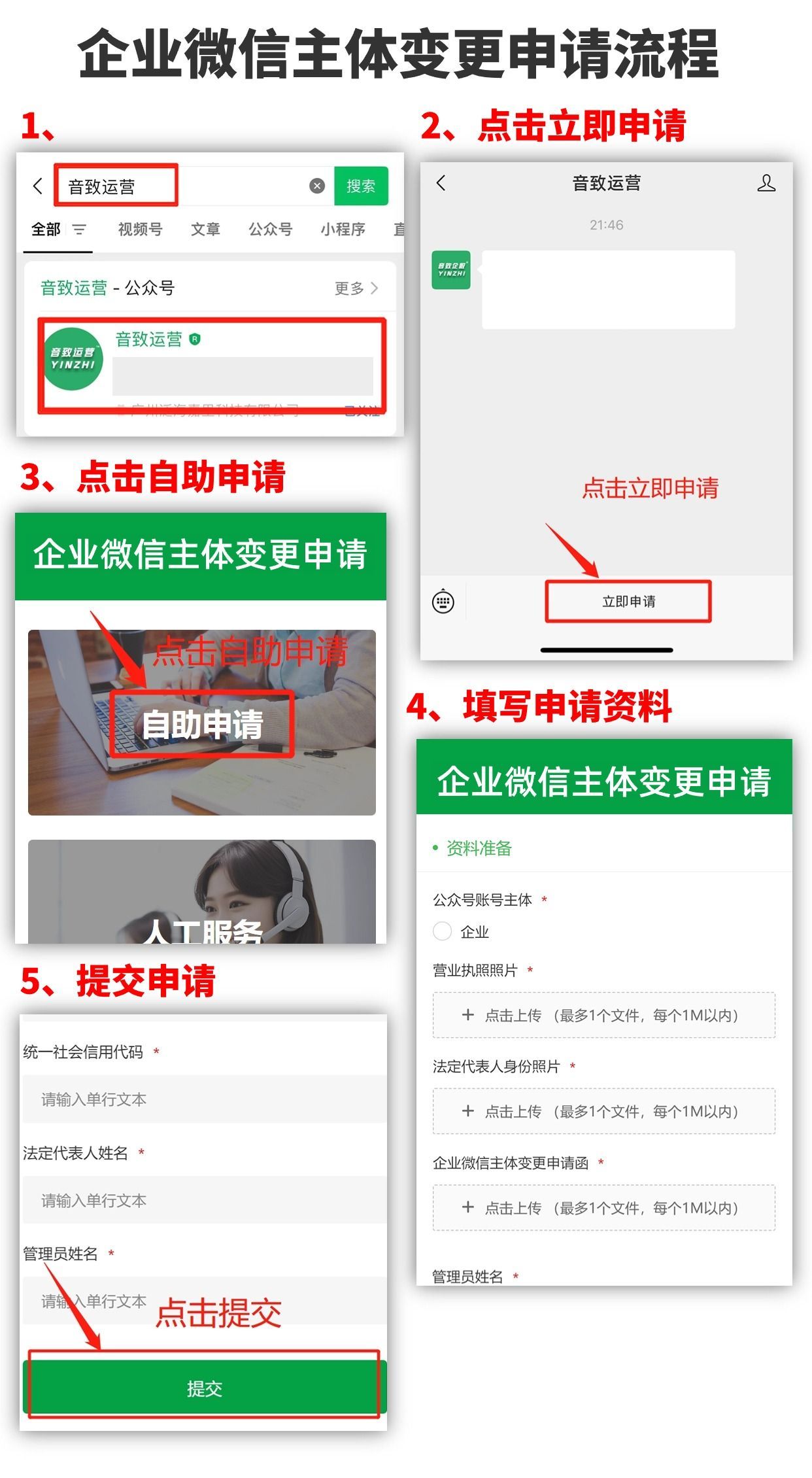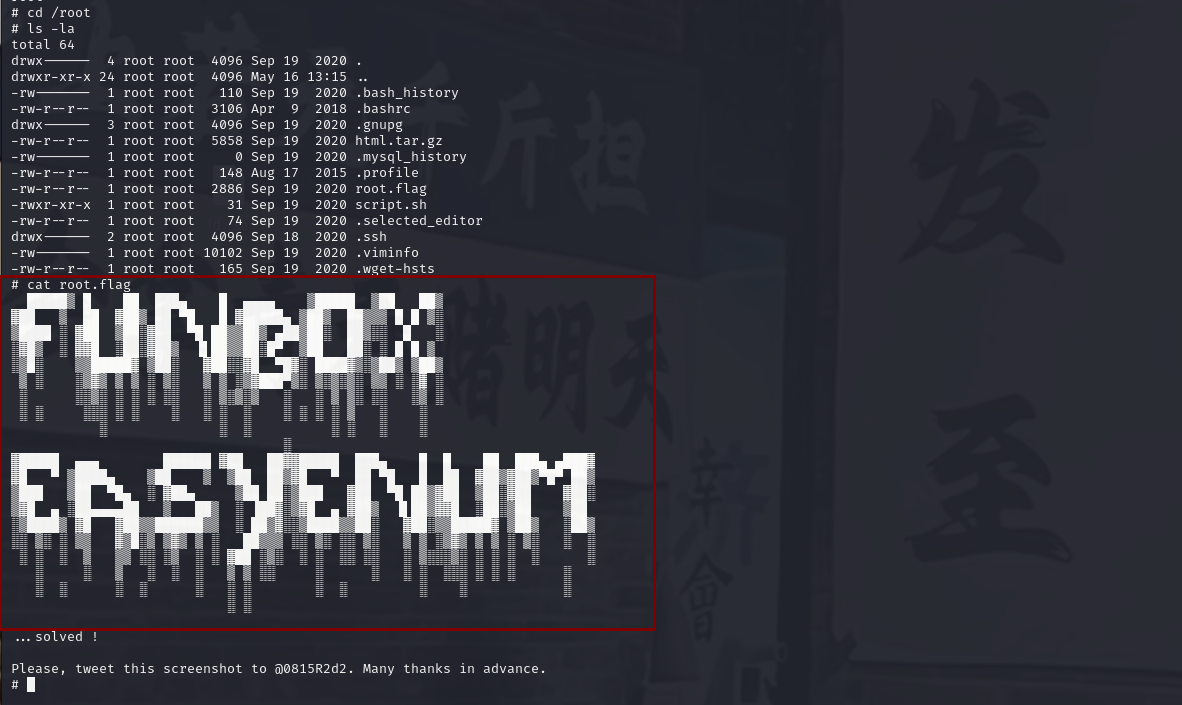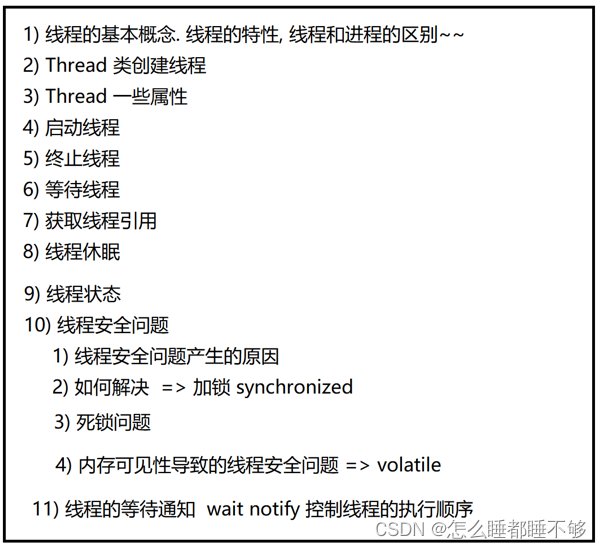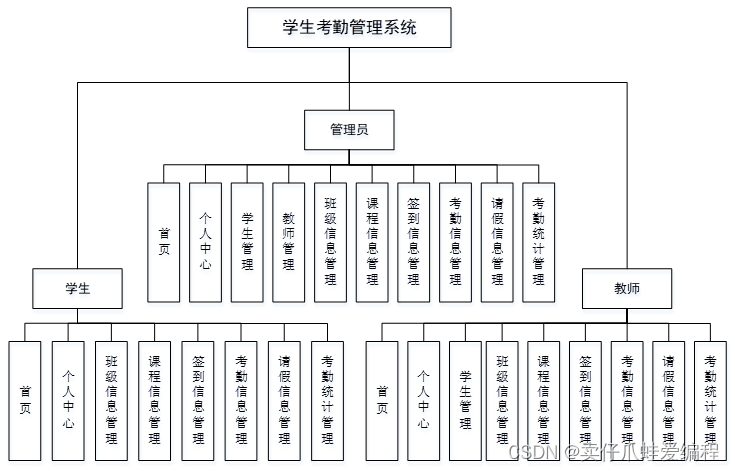面向对象
对象是什么?为什么要面向对象?
通过代码抽象,进而藐视某个种类物体的方式
特点:逻辑上迁移更加灵活、代码复用性更高、高度的模块化
对象的理解
- 对象是对于单个物体的简单抽象
- 对象是容器,封装了属性 & 方法
- 属性:对象状态
- 方法:对象的能力 & 行为
//简单对象
const O = {
name:'zhangsan',
changeName: name => `新的${name}`
}
//函数对象
function O(){
this.name = '张三'
this.changeName = name => `新的${name}`
}
构造函数 - 生成对象 => 实例
- 需要一个模板
- 类即对象模板
- js本质并不是基于类,而是基于构造函数(创建对象的特殊函数)+原型链
function Course() {
this.name = 'zhangsan';
this.changeName = name => `新的${name}`
}
const course = new Course(args);
Course本质就是构造函数
- 函数体内使用的this,指向要生成的实例
- 生成对象用new来实例化
- 可以初始化传参
如果构造函数不初始化,可以使用具有相同功能吗? --无法具有
如果在项目中需要使用,且不希望外界感知的情况下,如何拿到实例后的对象? => 单例模式 (编写底层api代码时,尽量做到不让外部去感知区分内部类型)
function Course(){
const _isClass = this instanceof Course
if(!_isClass){
return new Course()
}
this.name = 'zhangsan'
this.changeName = name => `新的${name}`
}
//使用
const course = Course()
思考:new是什么?/ new的原理? / new时候做了什么?
function Course(){}
const course = new Course()
- 结构上:创建了一个空对象,作为返回的对象实例
- 属性上:将生成空对象的原型对象指向了构造函数的prototype属性(course._ proto _=== Course.prototype)
- 关系上:将当前对象实例赋给了内部的this
- 生命周期上:执行了构造函数的初始化代码
function usernew(obj,...args){
const newObj = Object.create(obj.prototype)
const result = obj.apply(newObj,args)
return typeof result === 'object' ? result : newObj
}
追问:实例属性影响 —— 独立的
function Course(teacher, leader) {
this.teacher = teacher;
this.leader = leader;
}
const course1 = new Course('张三', '王五'); // course1.leader => 王五
const course2 = new Course('李四', '赵六'); // course2.leader => 赵六
course2.teacher = 'xxxx'; // course1.teacher => 李四
constructor是什么?
function Course(teacher, leader) {
this.teacher = teacher;
this.leader = leader;
}
const course = new Course('张三', '李四');
-
每个对象在创建时,会自动拥有一个构造函数属性constructor
-
constructor源自原型对象,指向了构造函数的引用
-
实例获得了模版的属性 => (大胆点)继承了类的属性

继承
js如何实现继承
在原型对象的所有属性方法,都可以被实例所共享
function Game() {
this.name = 'lol';
}
Game.prototype.getName = function() {
return this.name;
}
// LOL
function LOL() {};
LOL.prototype = new Game();
LOL.prototype.constructor = LOL;
const game = new LOL();
// 本质:重写了原型对象方式,将父对象的属性方法,作为自对象原型对象的属性方法,同时重写构造函数
追问:原型链直接继承有什么缺点
function Game() {
this.name = 'lol';
this.skin = ['s'];
}
Game.prototype.getName = function() {
return this.name;
}
// LOL
function LOL() {};
LOL.prototype = new Game();
LOL.prototype.constructor = LOL;
const game1 = new LOL();
const game2 = new LOL();
game1.skin.push('ss');
// 本质:重写了原型对象方式,将父对象的属性方法,作为自对象原型对象的属性方法,同时重写构造函数
-
- 父类属性一旦赋值给到子类的原型属性,此时属性属于子类的共享属性了
-
- 实例化子类时,无法向父类进行传参
解决方法:构造函数继承
经典继承:在子类的构造函数内部调用父类的构造函数
function Game(arg) {
this.name = 'lol';
this.skin = ['s'];
}
Game.prototype.getName = function() {
return this.name;
}
function LOL(arg) {
Game.call(this, arg);
}
const game3 = new LOL('arg');
// 解决了共享属性问题 + 子向父传参的问题
追问:原型链上的共享方法无法被读取继承,如何解决?
组合继承
function Game(arg) {
this.name = 'lol';
this.skin = ['s'];
}
Game.prototype.getName = function() {
return this.name;
}
function LOL(arg) {
Game.call(this, arg);
}
LOL.prototype = new Game();
LOL.prototype.constructor = LOL;
const game4 = new LOL('arg');
追问:组合继承方式就没有缺点吗? 问题在于:无论何种场景,都会调用两次父类的构造函数
解决方案:寄生组合继承
function Game(arg) {
this.name = 'lol';
this.skin = ['s'];
}
Game.prototype.getName = function() {
return this.name;
}
function LOL(arg) {
Game.call(this, arg);
}
LOL.prototype = Object.create(Game.prototype);
LOL.prototype.constructor = LOL;
const game5 = new LOL('arg');
拔高:如何实现多重继承?
function Game(arg) {
this.name = 'lol';
this.skin = ['s'];
}
Game.prototype.getName = function() {
return this.name;
}
function Store() {
this.shop = 'steam';
}
Game.prototype.getPlatform = function() {
return this.shop;
}
function LOL(arg) {
Game.call(this, arg);
Store.call(this, arg);
}
LOL.prototype = Object.create(Game.prototype);
Object.assign(
Store.prototype,
LOL.prototype
);
LOL.prototype.constructor = LOL;
浏览器原理

Promise - 可以处理回调地狱
-
- promise状态 - pending | fulfilled | rejected
executor: new Promise的时候立即执行,接收两个参数 resolve | reject
- promise状态 - pending | fulfilled | rejected
-
- promise默认状态?状态是如何流转的? - 默认:pending 状态流转:pending => fufilled | pending => rejected
内部维护成功value:undefined | thenable | promise
内部维护失败变量reason
- promise默认状态?状态是如何流转的? - 默认:pending 状态流转:pending => fufilled | pending => rejected
-
- promise返回值? - then方法:接收onFulfilled 和 onRejected
如果then时,promise已经成功,执行onFulfilled,参数value
如果then时,promise已经失败,执行onRejected,参数reson
如果then中有异常,执行onRejected
- promise返回值? - then方法:接收onFulfilled 和 onRejected
Promise 方法
- Promise.all 全部执行完成
- Promise.race 有一个执行完成
手写promise
const PENDING = 'PENDING';
const FULFILLED = 'FULFILLED';
const REJECTED = 'REJECTED';
class Promise {
constructor(executor) {
// 1. 默认状态 - PENDING
this.status = PENDING;
// 2. 内部维护的变量值
this.value = undefined;
this.reason = undefined;
// 成功的回调
let resolve = value => {
// 单向流转
if (this.status === PENDING) {
this.status = FULFILLED;
this.value = value;
}
}
// 失败的回调
let reject = reason => {
// 单向流转
if (this.status === PENDING) {
this.status = REJECTED;
this.reason = reason;
}
}
try {
executor(resolve, reject);
} catch (error) {
reject(error);
}
}
then(onFulfilled, onRejected) {
if (this.status === FULFILLED) {
onFulfilled(this.value);
}
if (this.status === REJECTED) {
onRejected(this.reason);
}
}
}
// 追问:异步怎么办?
const PENDING = 'PENDING';
const FULFILLED = 'FULFILLED';
const REJECTED = 'REJECTED';
class Promise {
constructor(executor) {
// 1. 默认状态 - PENDING
this.status = PENDING;
// 2. 内部维护的变量值
this.value = undefined;
this.reason = undefined;
// 存放回调
this.onResolvedCallbacks = [];
this.onRejectedCallbacks = [];
// 成功的回调
let resolve = value => {
// 单向流转
if (this.status === PENDING) {
this.status = FULFILLED;
this.value = value;
this.onResolvedCallbacks.forEach(fn => fn());
}
}
// 失败的回调
let reject = reason => {
// 单向流转
if (this.status === PENDING) {
this.status = REJECTED;
this.reason = reason;
this.onRejectedCallbacks.forEach(fn => fn());
}
}
try {
executor(resolve, reject);
} catch (error) {
reject(error);
}
}
then(onFulfilled, onRejected) {
if (this.status === FULFILLED) {
onFulfilled(this.value);
}
if (this.status === REJECTED) {
onRejected(this.reason);
}
if (this.status === PENDING) {
// 存放队列
this.onResolvedCallbacks.push(() => {
onFulfilled(this.value);
});
this.onRejectedCallbacks.push(() => {
onRejected(this.reason);
});
}
}
}
